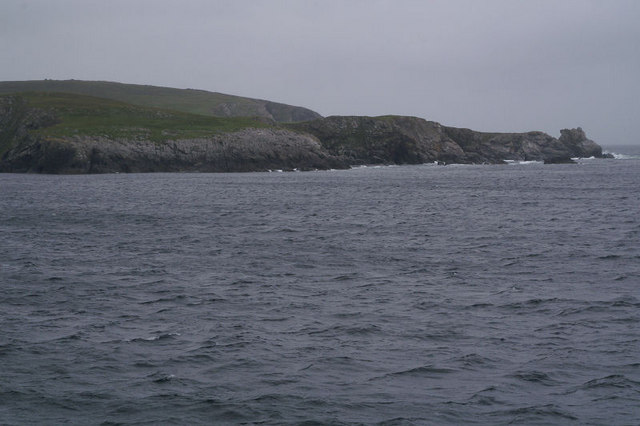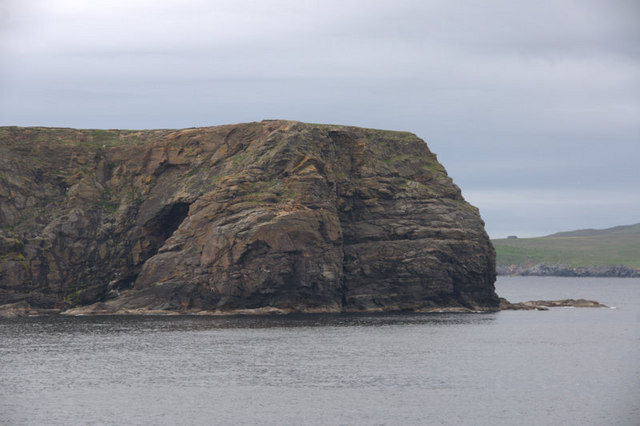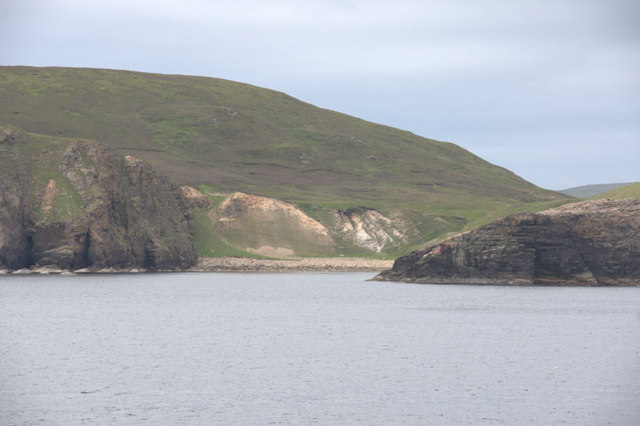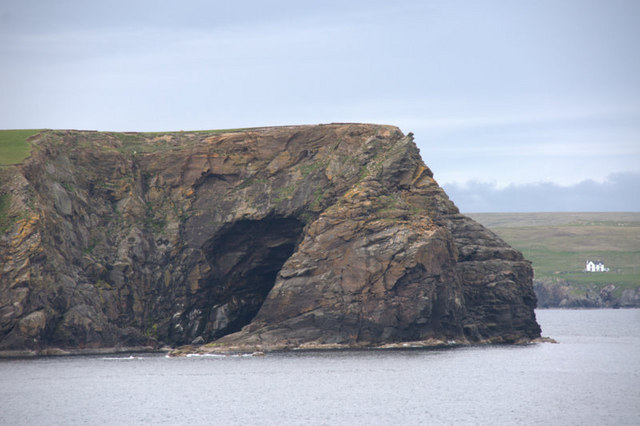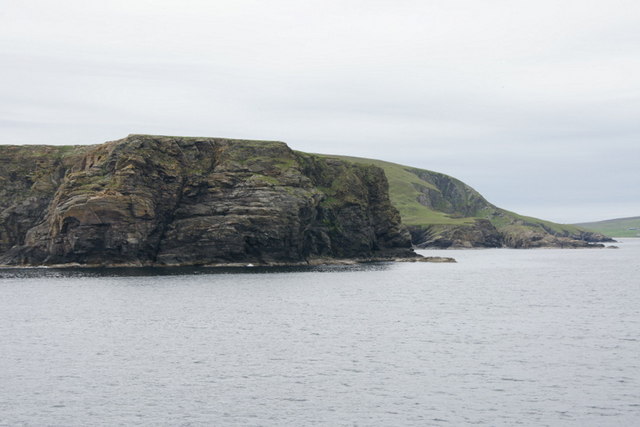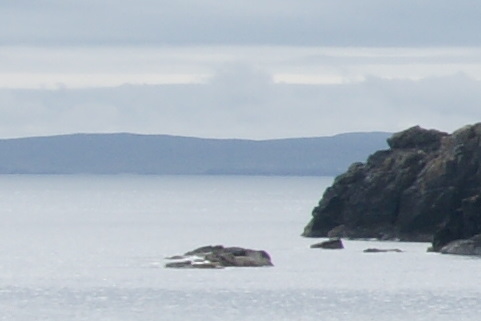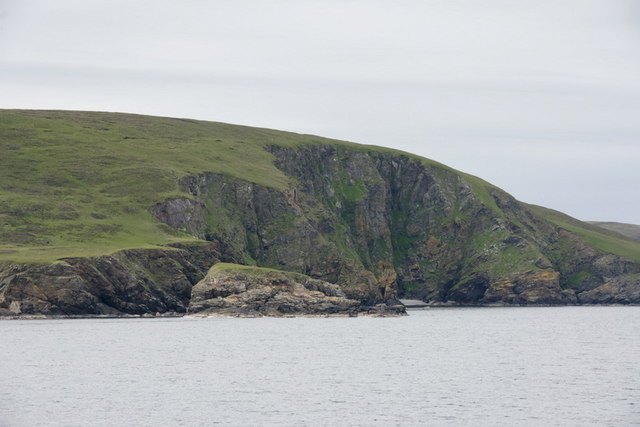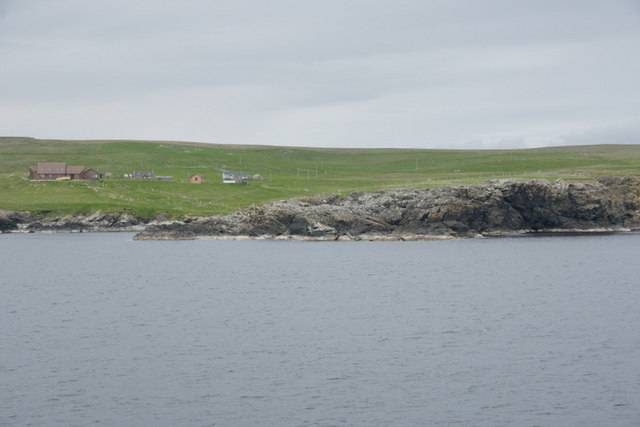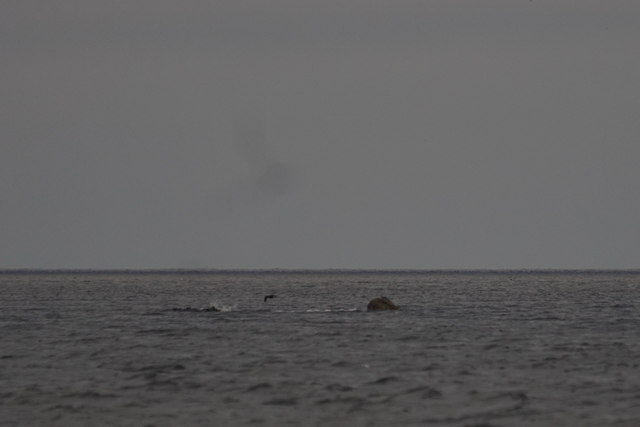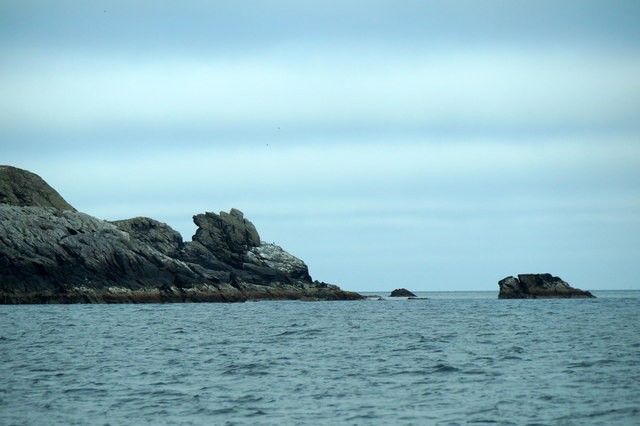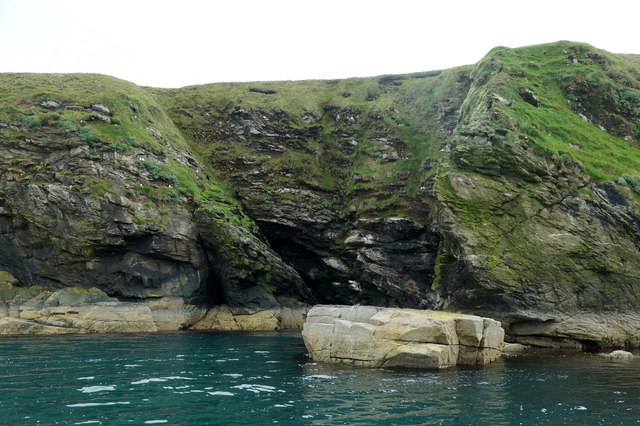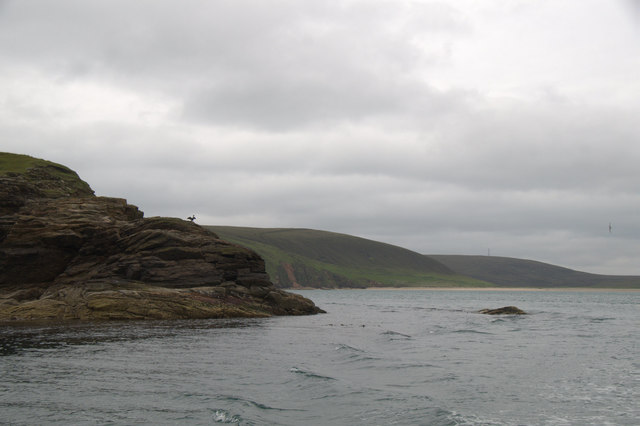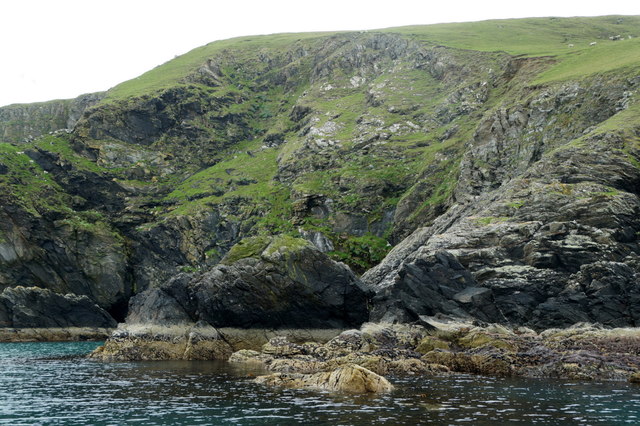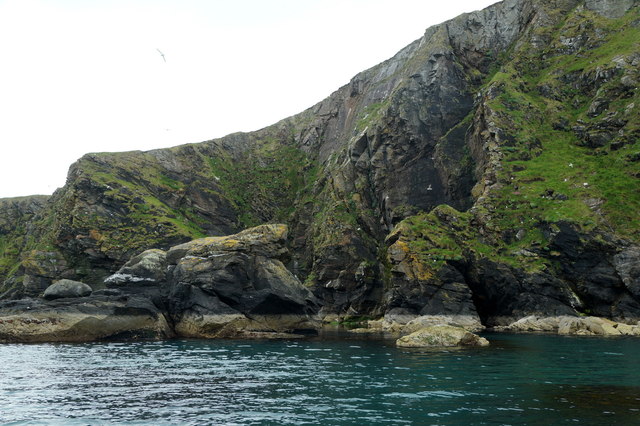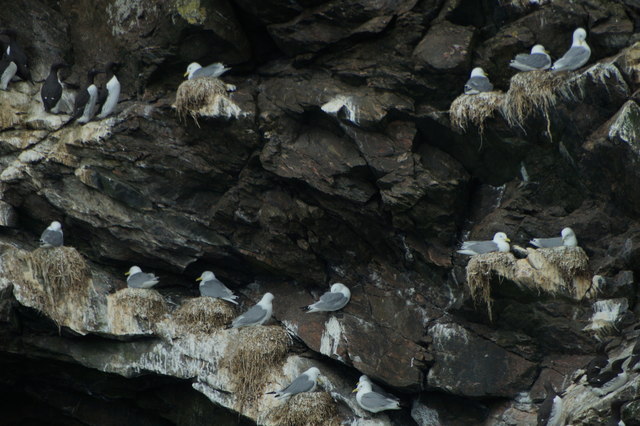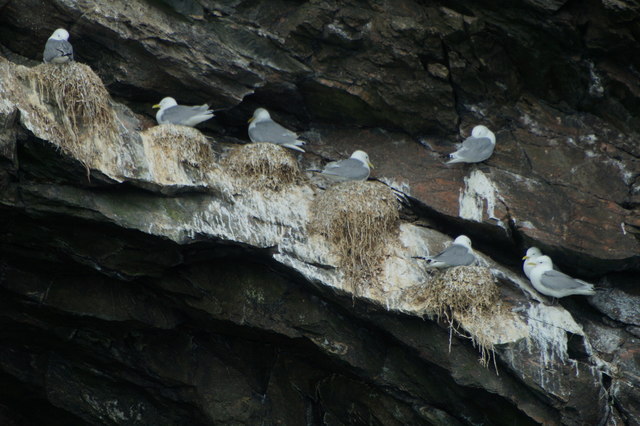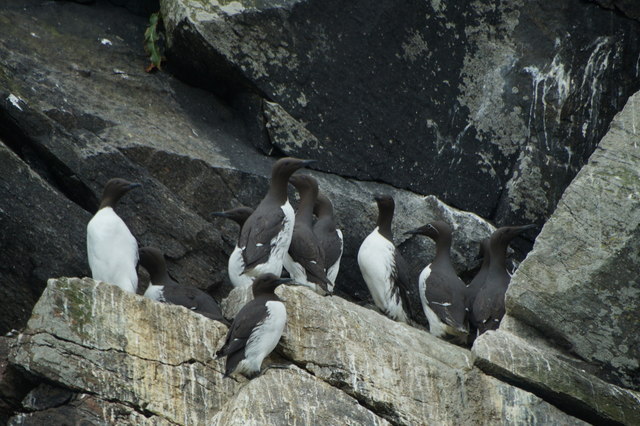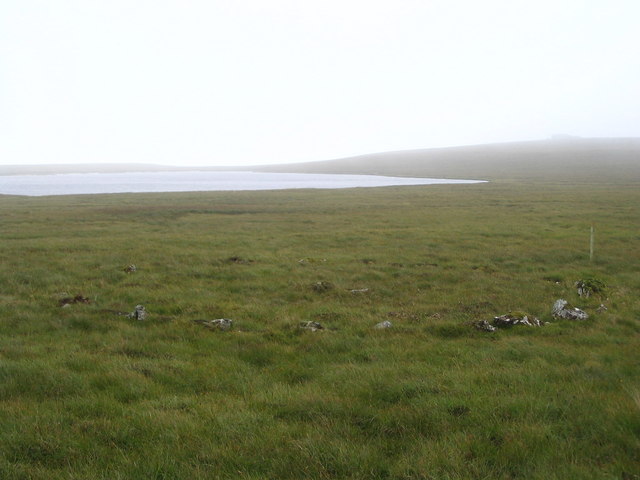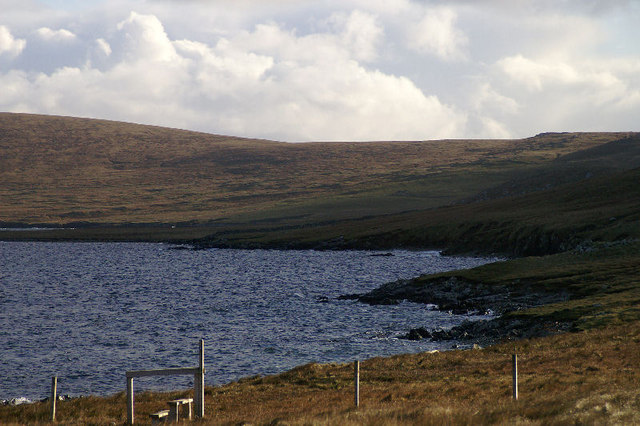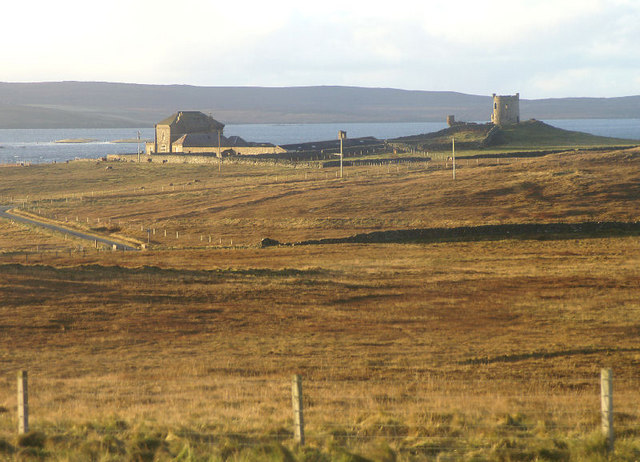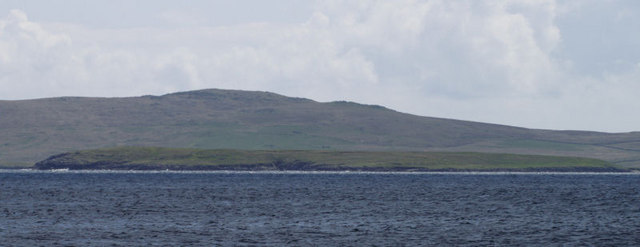Hogahellias
Coastal Feature, Headland, Point in Shetland
Scotland
Hogahellias
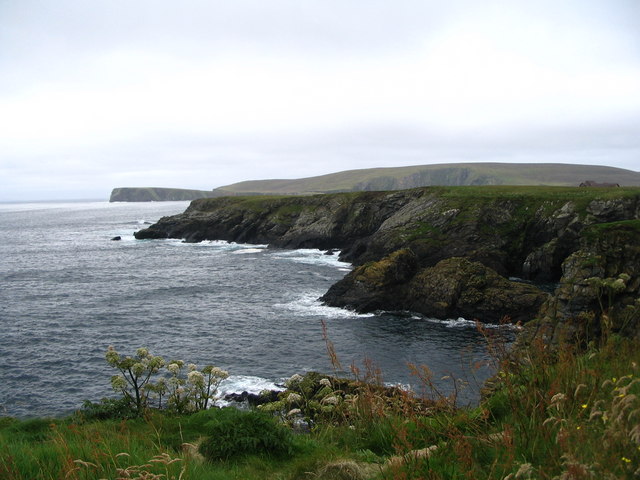
Hogahellias is a prominent coastal feature located in the Shetland Islands, an archipelago situated off the northeastern coast of Scotland. It is a headland or point that juts out into the North Sea, offering stunning views of the surrounding landscape.
The headland is characterized by its rugged cliffs, which rise dramatically from the sea, forming a striking silhouette against the horizon. These cliffs are composed of sedimentary rocks, such as sandstone and shale, which have been shaped by centuries of erosion caused by the relentless pounding of the waves.
Hogahellias is rich in wildlife, attracting numerous seabirds that nest and feed along its cliffs. Species such as puffins, fulmars, and kittiwakes can often be spotted soaring above the waves or perched on rocky ledges. The area also supports a diverse range of marine life, including seals and porpoises, which can sometimes be seen swimming in the waters below.
Visitors to Hogahellias can explore the headland on foot, following well-defined paths that wind their way along the cliff tops. The views from the top are truly breathtaking, with the vast expanse of the North Sea stretching out in front, and the rugged coastline of Shetland disappearing into the distance.
Hogahellias is a popular destination for nature enthusiasts and photographers, who are drawn to its stunning scenery and abundant wildlife. Its remote location and unspoiled beauty make it an ideal spot for those seeking a peaceful and awe-inspiring coastal experience.
If you have any feedback on the listing, please let us know in the comments section below.
Hogahellias Images
Images are sourced within 2km of 60.569282/-0.86040295 or Grid Reference HU6287. Thanks to Geograph Open Source API. All images are credited.
Hogahellias is located at Grid Ref: HU6287 (Lat: 60.569282, Lng: -0.86040295)
Unitary Authority: Shetland Islands
Police Authority: Highlands and Islands
What 3 Words
///canny.encloses.minds. Near Houbie, Shetland Islands
Nearby Locations
Related Wikis
Fetlar
Fetlar (Scots: Fetlar) is one of the North Isles of Shetland, Scotland, with a usually resident population of 61 at the time of the 2011 census. Its main...
Haltadans
Haltadans, also known as Fairy Ring or Haltadans stone circle, is a stone circle on the island of Fetlar in Shetland, Scotland. This site is a ring of...
Funzie Girt
Funzie Girt (; Scots: Funyie Girt "Finns' dyke") is an ancient dividing wall that was erected from north to south across the island of Fetlar in Shetland...
Brough Lodge
Brough Lodge is a 19th-century Gothic mansion on Fetlar, one of the Shetland Islands, in northern Scotland. Built by the Nicolson family, who were responsible...
Urie Lingey
For other islands with similar names, see Linga (disambiguation) Urie Lingey is one of the Shetland Islands. It is between Fetlar and Unst, and Yell is...
Hamars Ness
Hamars Ness is a headland on the island of Fetlar in Shetland, Scotland. The name is from the Old Norse Hamarsnes meaning "craggy headland". A ro-ro ferry...
Hascosay
Hascosay (Scots: Hascosay; Old Norse "Hafskotsey") is a small island lying between Yell and Fetlar in the Shetland Islands, Scotland. == Geography and... ==
Aywick
Aywick is a small settlement on the east side of Yell, an island forming part of the Shetland Islands north of Scotland.The naturalist Bobby Tulloch was...
Have you been to Hogahellias?
Leave your review of Hogahellias below (or comments, questions and feedback).
